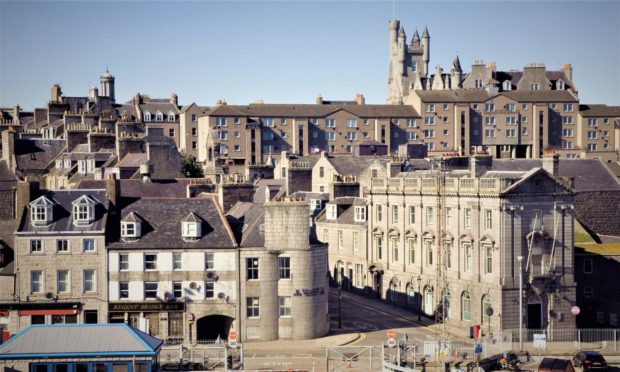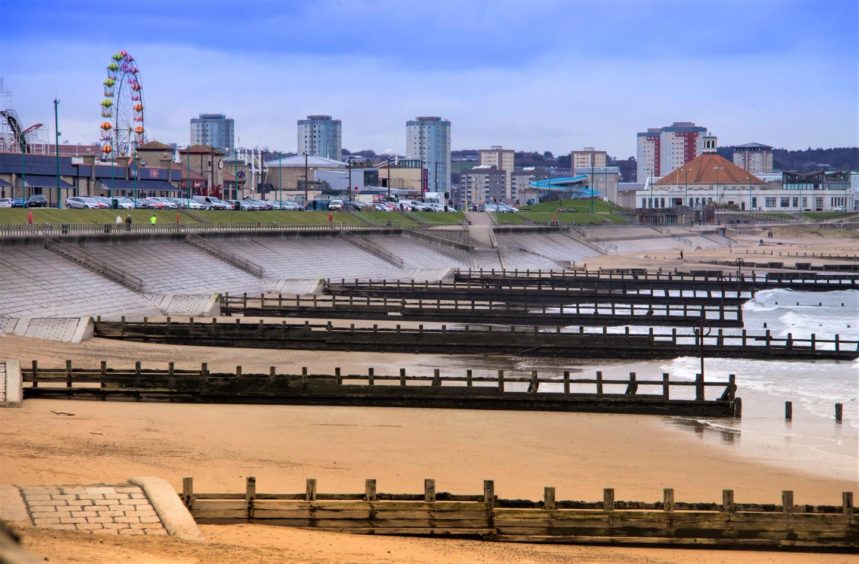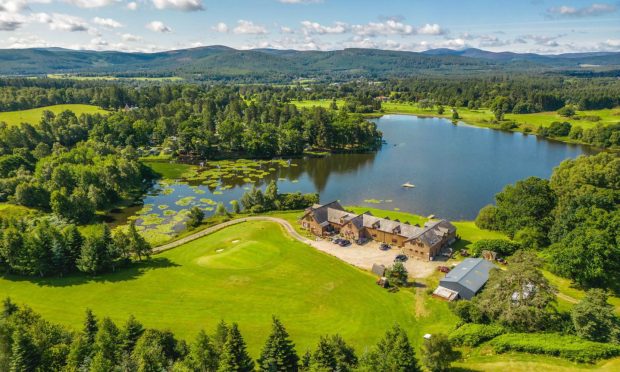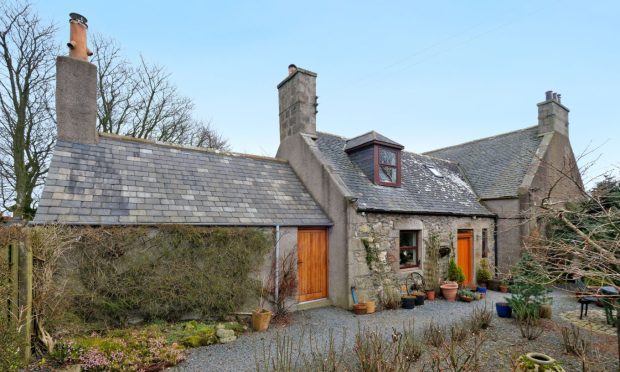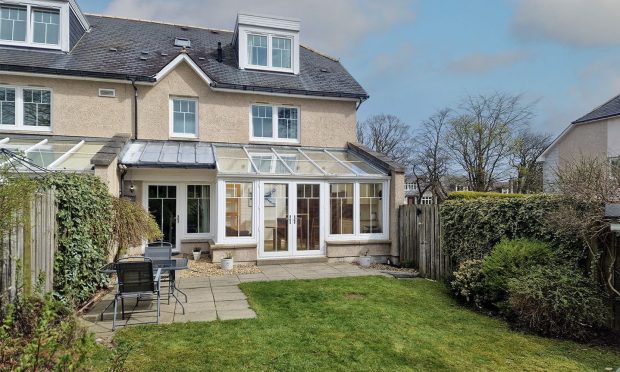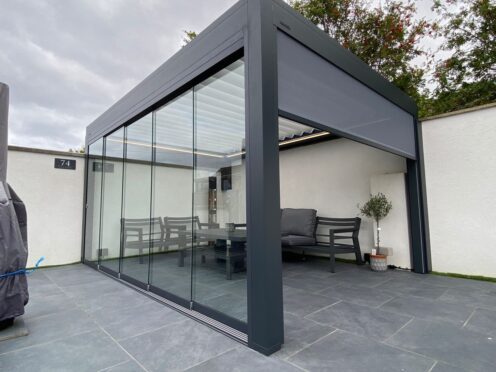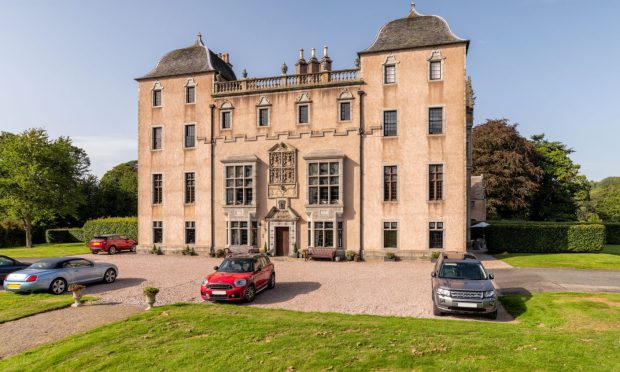Scotland men’s football team has kicked off its first major tournament since 1998, and with the return of stadium football bringing some optimism, we look back at Scotland’s property market activity from the following decades to the present day.
Back when the boys in blue last strapped on their boots in a major tournament, the average cost of a house in Scotland was £66,127, but a lot has changed in the Scottish property market since then: with prices increasing dramatically year-on-year, less than a decade later the market experienced severe turbulence and finally crashed during the global financial crisis that saw tumbling house prices and millions of homes plunged into negative equity.
Over 16 months, the average UK property value dropped by 20% and transaction levels slumped from 1.65 million in the 10 years leading up to the crisis, down to 730,000 in the year to June 2009.
The housing market in the north-east has experienced an almost unprecedented level of activity during the last few months
On the back of that, tighter rules were established around mortgage lending and – for first-time buyers – more loans from the bank of mum and dad. On a more positive note, Help to Buy schemes lifted many people out of rental to ownership, along with new-build purchase incentives plus a raft of environmental legislation that made our homes cleaner and safer.
But perhaps the biggest change has been the staggering increase in the value of houses from 1998 to the present day.
Figures from solicitors and estate agents Aberdein Considine show that despite the crash, house prices across Scotland have risen steadily with an increasing market for family homes and executive new-builds. In fact, recent reports reflect that demand, with construction seeking to recruit even more skilled workers to meet targets.
In 1998, a home in Scotland cost an average of £66,127, with East Renfrewshire commanding the highest price tag at £90,525 and Na h-Eileanan Siar houses costing £44,975.
The average cost of a home in Aberdeenshire in 1998 was £74,293. Today, the same house in Aberdeenshire now costs £226,306
Sitting seventh in the table, the average cost of a home in Aberdeenshire in 1998 was £74,293. Today, the same house in Aberdeenshire now costs £226,306 – a massive rise of 205%, with Aberdeen city homes increasing from £72,194 to £191,986 (166%) over the last 23 years.
But topping the tables with the biggest jump is Orkney where prices rose from a modest £49,289 to a staggering £182,035, a 269% leap. Highland, Angus and Dundee also saw over 200% increases in house values, bringing the present-day average house price across Scotland to £188,677 (185%).
The 290-acre farm is on the market for offers over £2.7 million. https://t.co/UFV2xf8BhS
— The Press & Journal (@pressjournal) June 9, 2021
It means that Scotland’s property market has weathered the storm of the turbulent decade since the financial crash, and provides cause for post-lockdown property optimism.
Alan Cumming, national estate agency director, Aberdein Considine, agrees, saying: “The housing market in the north-east has experienced an almost unprecedented level of activity during the last few months.
“Pre-pandemic we had just begun to see the early signs of some improvement following a few tough years, but in the six months from September 2020 to February 2021 we saw almost £1 billion in sales, up 10% in Aberdeen and 44% in the shire.
The north-east remains an incredibly attractive place
“The north-east remains an incredibly attractive place to live and it’s no surprise that house prices have risen significantly since the last time the Scotland men’s football team qualified for a major tournament in 1998.
“In Aberdeenshire prices have risen 205%, with the Granite City up 166% since Scotland’s appearance at the World Cup in France 23 years ago, which only goes to demonstrate to enduring qualities of the region.”
